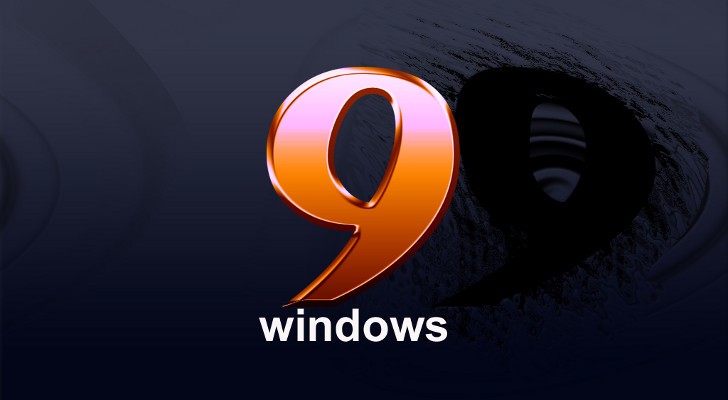Satya Nadella offers brief explanation of how the company decided to skip Windows 9 and release Windows 10
September 30 was the day when Microsoft was expected to announce the new Windows 9 and provide users with a preview version of the operating system, but the company instead came up with something totally unexpected.
Microsoft decided to name its upcoming operating system Windows 10 and thus skip Windows 9, despite the buzz that was created in the last few months and pointing to this particular designation for Redmond’s next OS version.
The company, however, never provided a reason for its decision to skip Windows 9 and go directly to Windows 10, with many people believing that this change of heart was based on its intention to emphasize the huge improvements that it made to the operating system.
The new CEO Satya Nadella took the stage at Gartner’s Symposium/ITxpo conference to discuss about Microsoft’s plans in the cloud business and also provided a very short explanation of what happened with Windows 9.
“Windows 9 just came and went”
Nadella didn’t offer too many details on how the company actually decided to go straight to Windows 10, but he did suggest that Windows 9 was just a designation for its operating system and nothing more.
“It came and went,” Nadella explained when he was asked by a Gartner analyst what happened with Windows 9.
While he didn’t provide any specifics, some people claimed that possible app compatibility issues caused by code in software solutions trying to identify the OS version could also be a reason for the jump to Windows 10. It appears that some apps could incorrectly identify Windows 9 as Windows 95, so Microsoft decided to avoid all these problems by releasing Windows 10.
Evidence of Windows 8.1 Update 2 found in Windows 10
In a surprising turn of events, despite Microsoft’s decision to rename Windows 9 to Windows 10, it appears that the operating system was initially supposed to be just a second update for Windows 8.1.
Evidence of Windows 8.1 Update 2 was found in some Windows 10 files, so it appears that Microsoft initially designed it to be just a new update for Windows 8.1, but in the end decided to provide it to users under a completely new name and as a stand-alone release.
What’s more, Microsoft’s executives confirmed at the BUILD 2014 developer conference earlier this year that some of the features currently part of Windows 10, including the Start menu and the windowed Metro apps, would arrive on a second Windows 8.1 update, thus suggesting that an update instead of a full OS preview was planned since early 2014.
via news.softpedia.com



